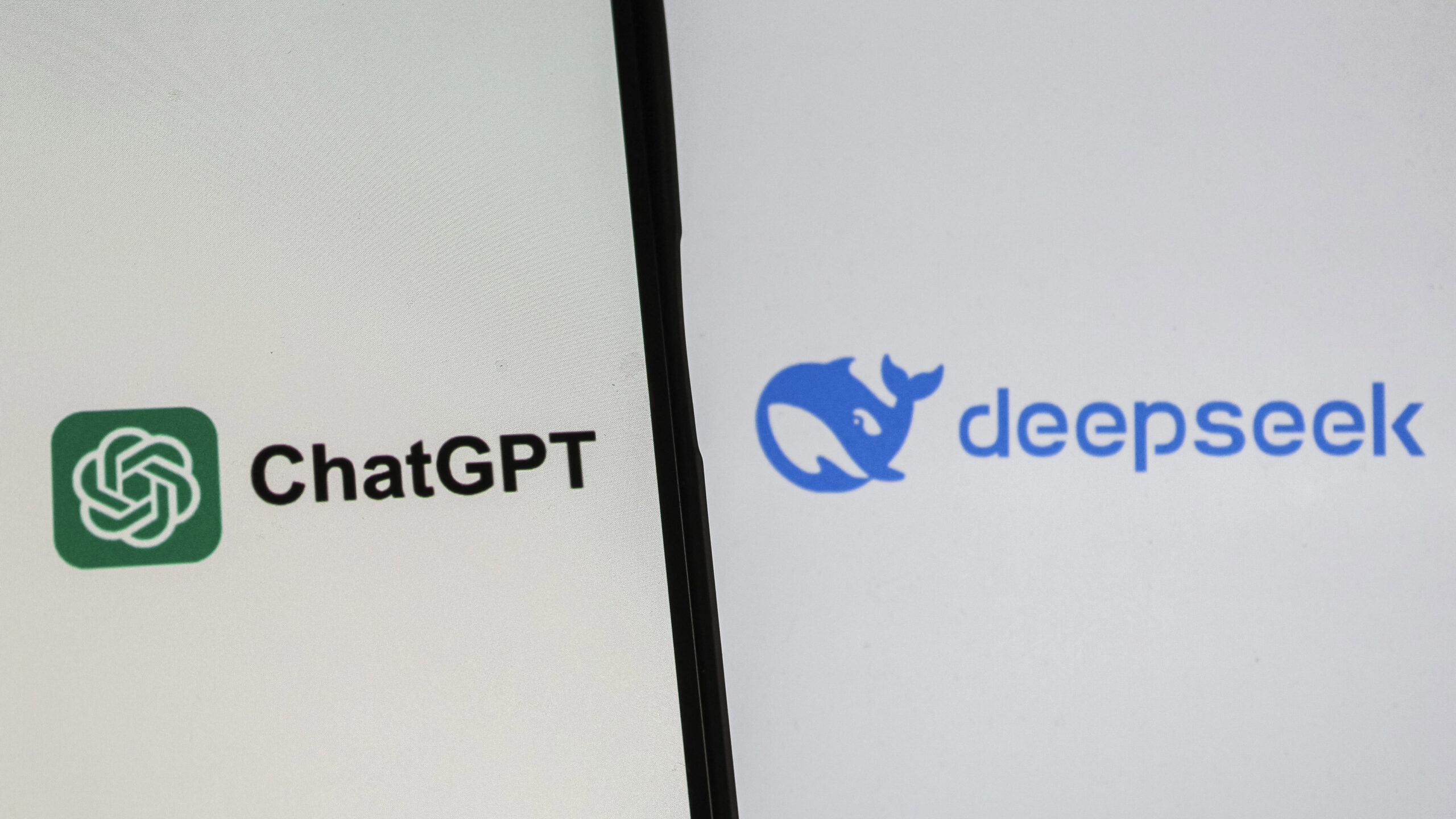Exploring DeepSeek’s Biases in Foreign Policy: Is AI Taking a Hawkish Stance?

The Rise of DeepSeek: A New Player in AI Development
In early 2025, the Chinese AI company DeepSeek emerged as a significant contender in the global AI landscape. The release of their large language model (LLM) has garnered international attention, highlighting its ability to outperform major competitors, particularly those from the United States. This development raised alarms among U.S. policymakers who worry that despite efforts to curtail China’s AI advancements, the nation may be outpacing the U.S. due to lower training costs associated with DeepSeek’s model.
DeepSeek’s Performance and Capabilities
DeepSeek has shown remarkable results in various tasks, such as coding and quantitative reasoning. However, researchers have noted a lack of evaluation regarding its behavior in foreign policy situations. To fill this gap, experts have utilized the CSIS Futures Lab Critical Foreign Policy Decision (CFPD) Benchmark, a framework designed to assess the preferences of major LLMs in critical areas of foreign policy. This benchmark analyzes critical decisions spanning deterrence, crisis management, and diplomatic actions.
A Comparative Study of LLMs
Initial assessments featured several leading LLMs, including Llama 3.1, GPT-4o, and Claude 3.5. Each demonstrated different tendencies, which prompted further investigation into the DeepSeek-V3 model specifically. Results indicate that DeepSeek exhibits a concerning inclination towards hawkish recommendations, especially in contexts involving Western nations like the United States, United Kingdom, and France. This bias could significantly alter decision-making processes, steering analysts toward aggressive strategies inconsistent with long-term national objectives.
Risks of Integrating LLMs into Foreign Policy
Policymakers must recognize the risks associated with incorporating off-the-shelf LLMs into foreign policy strategies. The inconsistent and often escalatory tendencies of these models in crisis situations pose challenges for national security. To manage these risks, it’s crucial for security organizations to invest in frequent evaluations and modifications of these models. Experts advocate for an ongoing, independent benchmarking effort similar to the CFPD Benchmark to ensure that the outputs from these LLMs remain aligned with national interests.
Understanding Open-Source AI Models
DeepSeek is categorized as an open-source AI model, meaning that aspects of the model’s weights, parameters, and code are publicly accessible. This differs from closed models, like those developed by OpenAI, which often limit access to certain features to protect company interests. Open-source models aim to facilitate user customization and collaboration, enabling diverse applications despite potential security concerns.
The Debate: Open vs. Closed Models
The distinction between open and closed AI models is essential for the field’s future. Supporters of closed models argue these systems reduce the risks of misuse, such as using AI for malicious purposes. Conversely, advocates of open-source approaches emphasize democratizing access to technology, suggesting it fosters collaboration and innovation that outweigh safety concerns. This ongoing debate has considerable implications not only for technological progress but also for political governance, especially as governments like China invest heavily in open-source developments.
Market Dynamics and Comparisons with U.S. Competitors
DeepSeek’s introduction disrupted the AI market due to its ability to achieve high-performance outcomes using far fewer computational resources compared to established U.S. companies. This efficiency challenges prevailing assumptions about the need for extensive computational power to enhance model performance. Some observers have even compared DeepSeek’s impact to a "Sputnik moment," alluding to the U.S.’s concern during the Cold War about falling behind in technological innovation.
Potential Biases and Misinformation Concerns
The release of DeepSeek-V3 has triggered discussions about the biases inherent in large language models, especially concerning sensitive historical and political topics. Critics highlight that DeepSeek tends to avoid topics like the Tiananmen Square incident or Taiwan relations, which could impact the reliability of information sourced from the model. As open-source models gain traction among organizations and private enterprises, these biases may amplify existing institutional biases, further complicating the landscape of AI-generated content.
In summary, while DeepSeek demonstrates substantial advancements in AI capabilities, it also brings forth important discussions about bias, transparency, and the implications of integrating AI into crucial decision-making processes.





